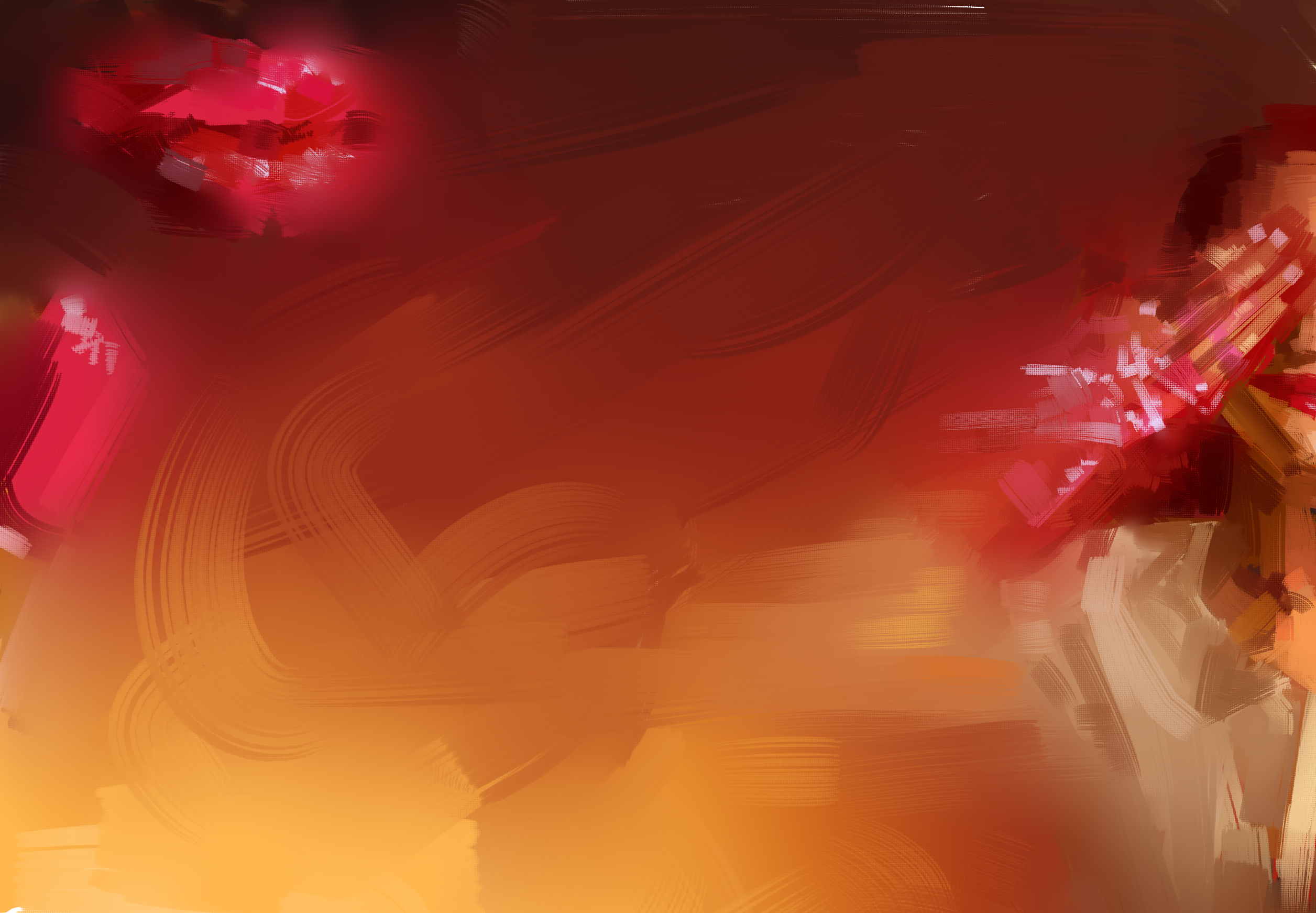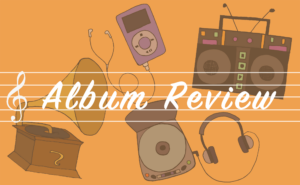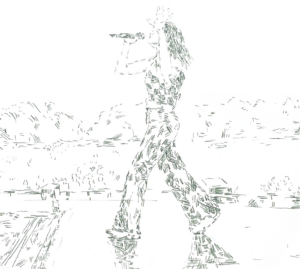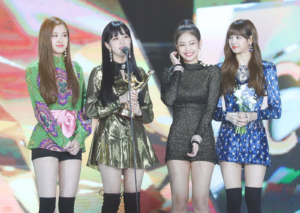The initial reaction to Ariana Grande’s new track was far from praiseworthy. Comments like “‘yes, and?’ is just Zara dressing room music” and “I miss the old Ari” are on the kinder side of the feedback Grande has received. However, after listening to this track, I would argue these criticisms are wholly unfounded. In fact, in a somewhat prophetic move, Grande’s new song both preempts and responds to this adverse reaction. She explicitly calls out her haters throughout the song while also commanding the listener to rise above their personal critics. With an addictive beat and uplifting lyrics that exude confidence, “yes, and?” is an immensely exciting introduction to her much anticipated seventh studio album, Eternal Sunshine (2024).
Before launching into this review, I must come clean: I have only listened to a handful of Ms. Grande’s songs and so cannot provide a comprehensive comparison of this track to the rest of her discography. What I can tell you, however, is that this is truly an insanely catchy track that’ll make you want to get up and dance. Or, at the very least, tap your fingers and forget about the bleak winter weather.
At the track’s start, a muffled voice repeats the phrase “dancing on, I keep” six times (think the intro to Beyoncé’s “I’M THAT GIRL”) until interjected by the line “gonna be at, I know, gonna be at the door.” Not only does the intro just sound fun, but the unbothered lyrics reflect the carefree feeling of the beat, inspiring one to get up and keep dancing. Then, at 30 seconds, Grande gives us a welcome beat drop. And I mean a beat drop. Clearly already aware of the fact that “yes, and?” will be blasted on the dance floor, Ariana released an extended version of the track three days after the original release that boasts a whopping 80-second intro, heightening the allure of the opening even further.
Moving into the first verse, Grande makes the observation “In case you haven’t noticed / Well, everybody’s tired / And healin’ from somebody / Or somethin’ we don’t see just right.” Although not exactly an astute commentary on the human condition, these lines convey the all-too-recognizable exhaustion that stems from constantly having stuff going on in our lives. Grande continues, instructing, “If you find yourself in a dark situation / Just turn on your light and be like / ‘Yes, and?’” This advice is rather idealistic (and certainly oversimplified), but is it not refreshing to think that we do have the power to just “turn on [our] light[s]” when faced with troubles? The titular phrase “yes, and?” radiates total self-confidence, strongly asserting that we should own our actions and exclaim “so what?” to our critics or haters.
“yes, and?” heavily interpolates and structurally resembles Madonna’s iconic 1990 hit “Vogue.” This fact is immediately recognizable from the moment you press play, given both songs’ similar extended intros and near-identical tempos, with “Vogue” clocking in at a speedy 116 bpm and “yes, and?” at 119 bpm. Yet the parallels stretch far beyond their sound. “Vogue” was a landmark release for the queer community given its hailing of individuality and self-expression, as well as its titular reference to the ballroom scene. 34 years later, “yes, and?” unashamedly seeks to parallel Madonna’s sentiment of liberation, and does so triumphantly.
“Vogue” opens with the whisper “What are you looking at?” an almost identical sentiment to Grande’s defiant line of “yes, and?” The similarities don’t end there—when the first verse of “Vogue” kicks in, Madonna sings, “Look around, everywhere you turn is heartache / It’s everywhere that you go.” These lyrical similarities demonstrate how Grande was inspired to reiterate Madonna’s recognition of the fatigue and negativity that so often surround us. Both songs also urge us to turn inward and feel happy by really feeling ourselves. But just feeling good is not enough—they want us to move. Madonna told us in 1990 to “let your body move to the music,” and Grande tells us in 2024 to “keep moving,” highlighting the power of dance to help us escape from the worries of the world.
Grande made sure to reiterate the sentiment of queer liberation at the heart of Madonna’s track. She calls out in the first verse “Boy, come on, put your lipstick on (no one can tell you nothin’),” clearly referencing queer celebration and defiance. This is not a new sentiment to Grande: her 2020 collaboration with Lady Gaga on “Rain On Me” is a prominent example of how many of her tracks are hailed as queer anthems. In this light, the whole track is an ode to the queer experience and a signal of Grande’s acceptance of her iconic status within the queer community. She adamantly tells the listener to be their authentic self, and to do so unapologetically.
Toward the song’s end, Grande descends from her trademark belts to huskily speak the lines, “My tongue is sacred, I speak upon what I like / Protected, sexy, discerning with my time.” She radiates a grounded self-confidence reminiscent of those Headspace mindfulness techniques (IYKYK) where you envisage yourself in a bubble, at peace with yourself and your surroundings. And yet, she adds a sexy and confident aura into the mix that feels oh-so-necessary. As she sings, “your energy is yours and mine is mine,” Grande encourages us to stay in our own lane, protect ourselves, and not succumb to others’ negative energy. Instead, as she repeats in the chorus, “be your own fucking best friend.” The track’s message is clear: be proud of yourself, be unapologetically who you are, and just get up and dance!





